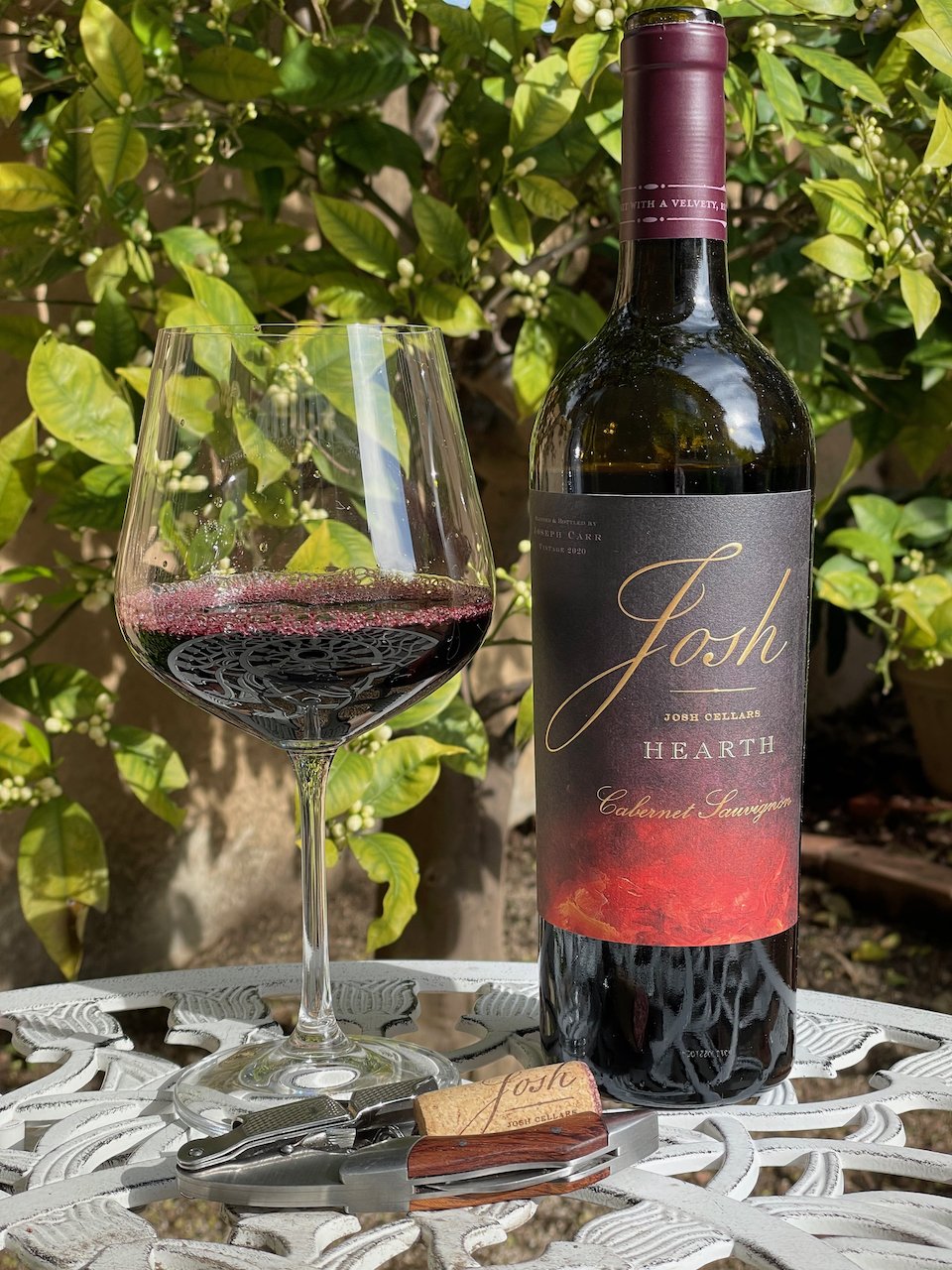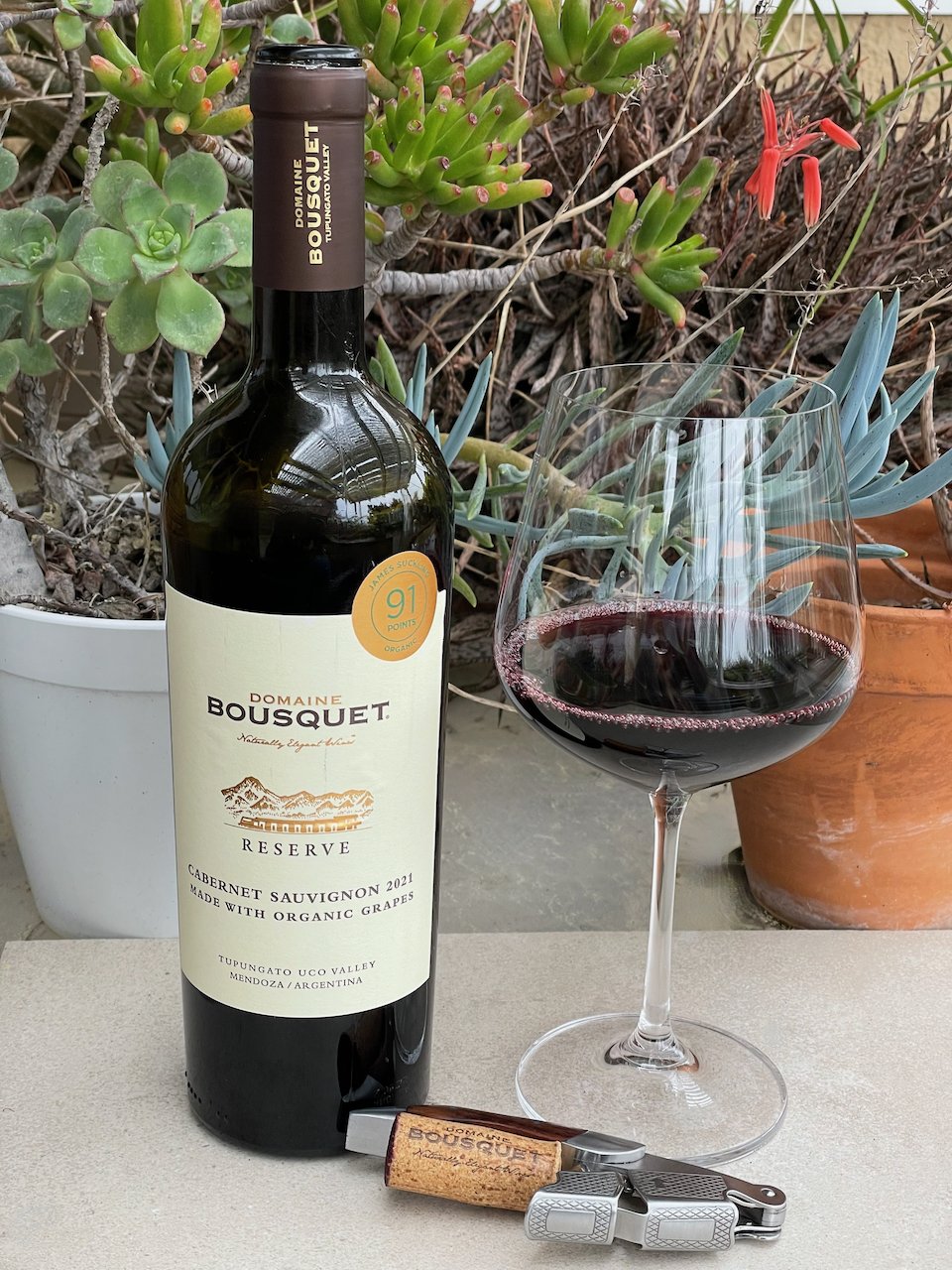Photo by Theme Photos on Unsplash
Both the use of an aerator and the process of decanting a wine provide the wine with further exposure to oxygen. This typically helps a wine to release any undesirable odors and, more importantly, to help soften the tannins in a red wine.
Young red wines often have bigger, bolder tannin and benefit the most from decanting. Sometimes for hours. But, older red wines are usually a bit more delicate and can quickly lose their character, or go flabby, if decanted.
So, if you are dealing with a young red wine whose tannins are too bold, try pouring it into a wide-base decanter. Then, re-sample it periodically. Usually after an hour or two, the decanting process will have calmed the tannins and you’ll find a noticeable positive difference.
If you are dealing with an older bottle of red wine, try it immediately after pulling the cork. If you detect something odd or the tannins are still too bold, then pour it into a decanter (being especially careful to avoid pouring any sediment into the decanter) and give it 10 to 15 minutes. Then, re-try the wine.
As for an aerator, they are fun pouring accessories, and they do add a bit of oxygen to the wine during the pouring process. But, for really giving a wine some breathing space, give it some time in a broad-based decanter.
And, by the way, forget about “hyper-decanting” a wine in the blender. It may be a trendy on-line thing, but it’s really unnecessary. It can ruin a nice older wine or turn a young red wine into a frothy red drink that has lost its character. Cheers!







